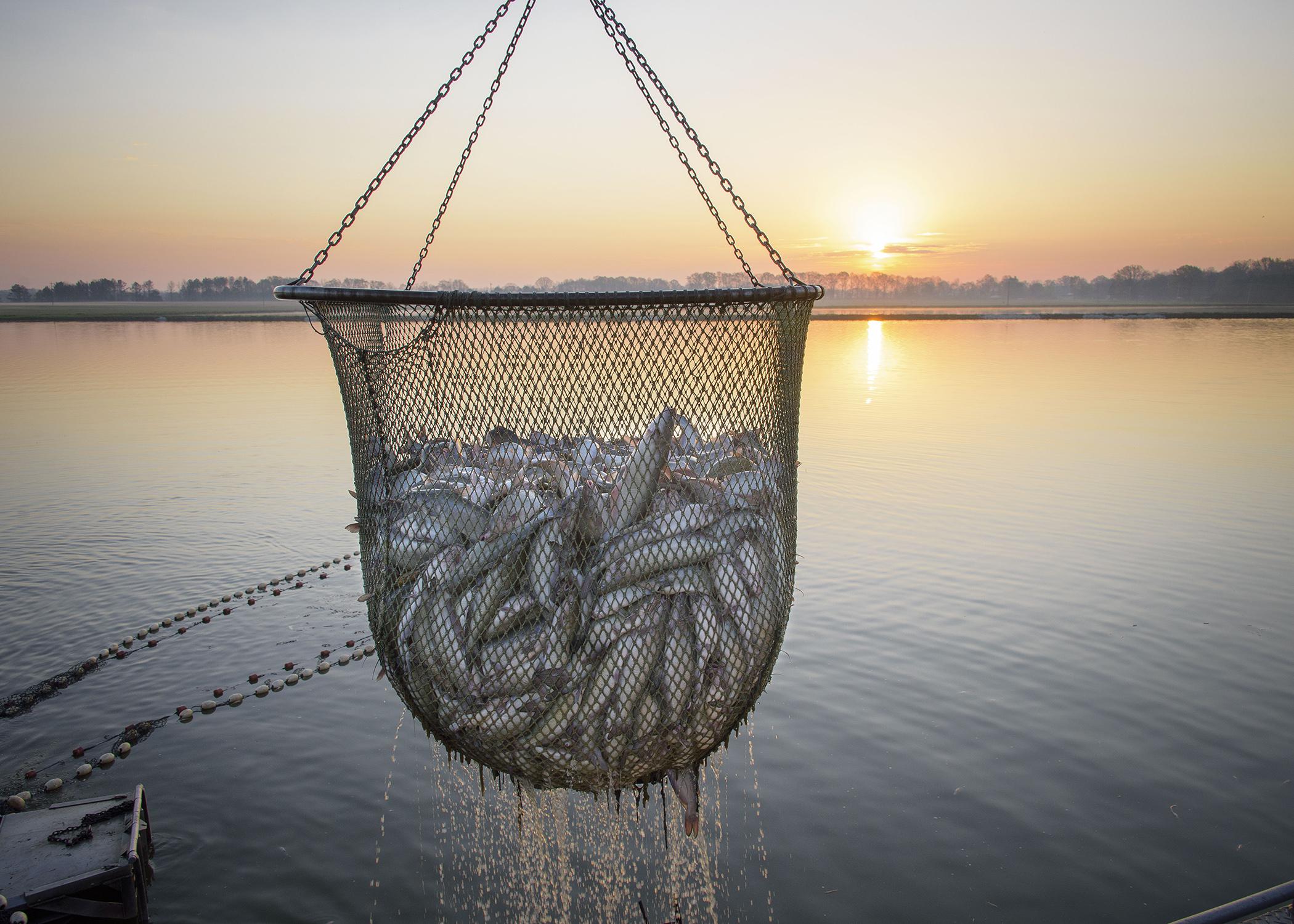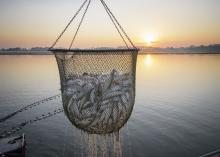Information Possibly Outdated
The information presented on this page was originally released on May 28, 2020. It may not be outdated, but please search our site for more current information. If you plan to quote or reference this information in a publication, please check with the Extension specialist or author before proceeding.
Catfish producers can make case for relief funds
RAYMOND, Miss. -- Catfish producers impacted by the COVID-19 pandemic have the opportunity to provide the U.S. Department of Agriculture information on why they should be eligible for economic assistance through the Coronavirus Food Assistance Program.
Although the catfish industry was not included in the final rule announced on May 19, a separate amount of funds is available for other eligible industries, including aquaculture and nursery crops, if the USDA gets all the needed information.
“USDA has just announced they are looking for data from catfish farmers related to price declines, loss of marketing outlets and the amount of fish that remain unharvested as a result of the COVID-19 pandemic,” said Jimmy Avery, Mississippi State University Extension Service aquaculture specialist.
“This clearly shows USDA’s commitment to make catfish producers eligible for direct payments under the program. But the Farm Service Agency won’t be ready to accept applications from catfish producers yet,” he said.
Farmers can take two steps to help ensure they are eligible to apply for and receive direct monetary payments once funding is determined, Avery said.
First, producers can submit comments, or information, related to their economic farm losses directly to the Farm Service Agency, which manages the assistance program. To qualify for assistance, producers must show a price loss of at least 5% between January and April 2020.
There are two ways to submit comments. Visit the Federal Rulemaking Portal at http://regulations.gov and search for DocketID FSA-2020-0004. Then, follow the instructions for submitting comments. Or mail comments to Director, SND, FSA, U.S. Department of Agriculture, 1400 Independence Avenue SW, Stop 0522, Washington, DC 20250-0522.
The deadline to submit comments is June 22, 2020. It is expected the final determination of additional eligible commodities will be announced in late summer 2020.
Second, producers can begin to gather the documentation needed for the assistance program application. Farmers can find the types of documentation needed at https://www.farmers.gov/coronavirus. Local Farm Service Agency offices also can inform farmers about the type of documentation needed. Contact information for these offices can be found on the same website.
A team of specialists from MSU and Auburn and the Catfish Farmers of America submitted a substantial packet of information to Congress and USDA in early April. However, other segments of the aquaculture industry may not have submitted sufficient information for the entire industry to be included in the first round of funding, Avery said.
“Getting aquaculture, including catfish, considered eligible under CFAP was accomplished through a coordinated effort by industry and senators including Richard Shelby, John Boozman and Cindy Hyde-Smith,” Avery said. “We are working to provide additional information to USDA to show the substantial impact COVID-19 has had on the industry, and we will continue to communicate with USDA on any other information they may need.”
Acreage and sales fluctuated for Mississippi catfish producers from 2015 to 2019. Sales totaled $201.5 million in 2015 and peaked in 2019 at $226.2 million. Restaurants make up 40% to 60% of those sales.
“One of the major impacts on Mississippi catfish producers is the loss of restaurant demand,” said Josh Maples, Extension agricultural economist. “With restaurants closing or shifting to drive-thru only, this severely affected consumption of catfish at restaurants.
“These producers still have to feed and raise the fish, but demand for the finished product has decreased. As a result, producers are facing higher production costs and reduced sales,” he said.
According to a national survey of 54 producers conducted by Virginia Tech Seafood Agricultural Research and Extension Center and The Ohio State University Extension, individual catfish farms losses ranged from as little as under $1,000 to as much as $3 million in March alone.
As sales slow, producers also are faced with decisions about employee layoffs and harvest delays.
Avery said he encourages farmers who have not worked with the Farm Service Agency in the past to call their local office to discuss what documentation is needed.
Funds disseminated through Coronavirus Food Assistance Program are part of the Coronavirus Aid, Relief and Economic Stability Act.













